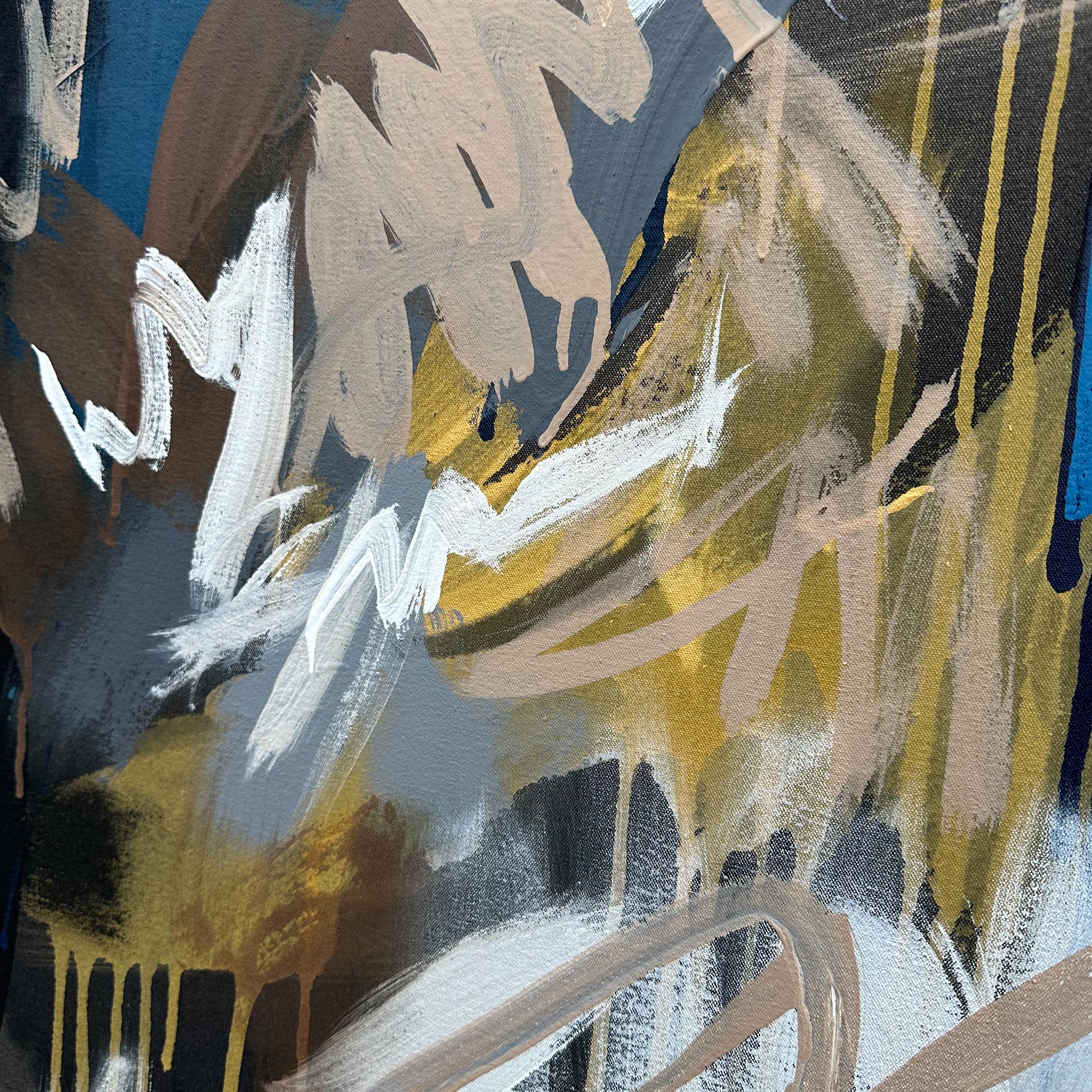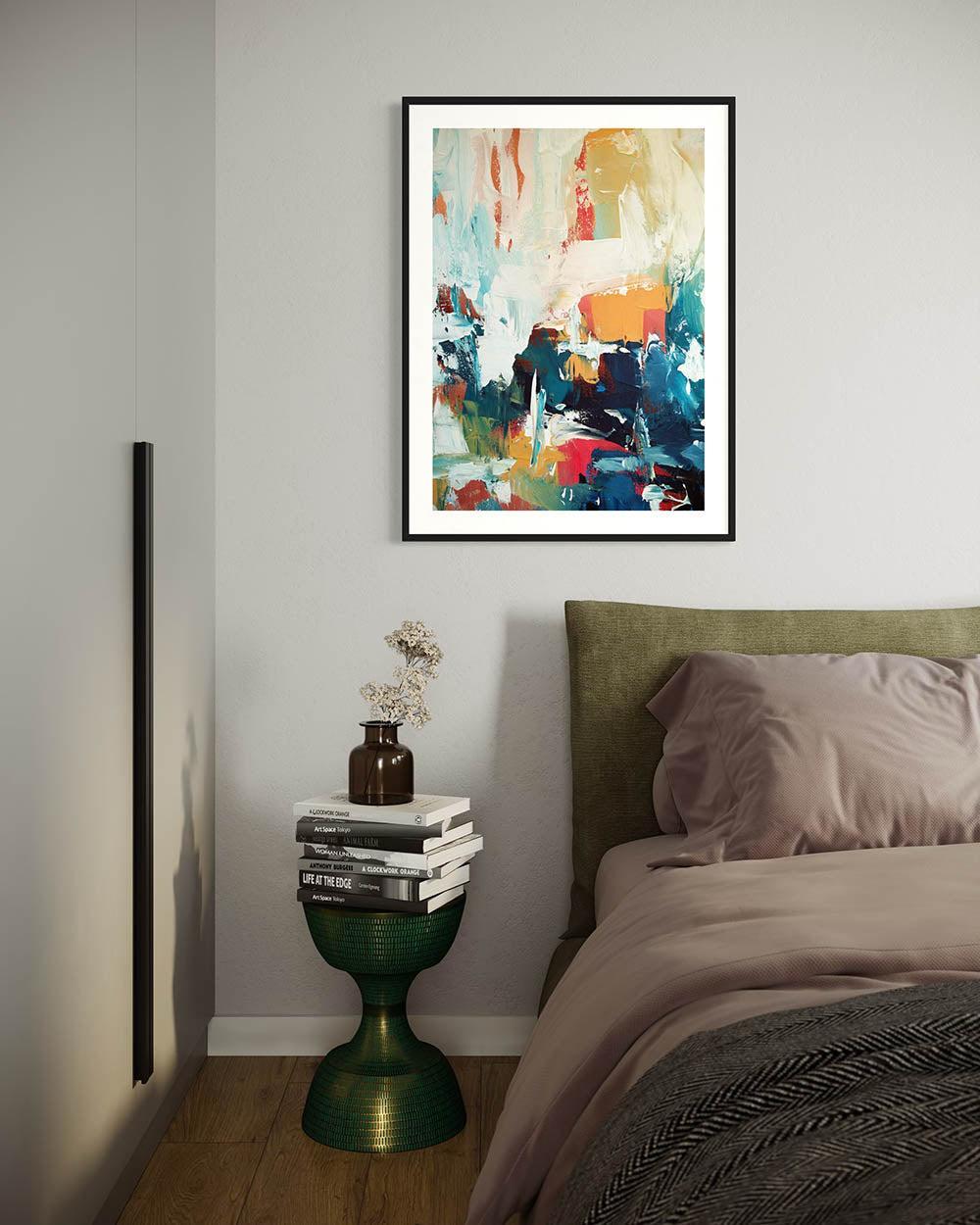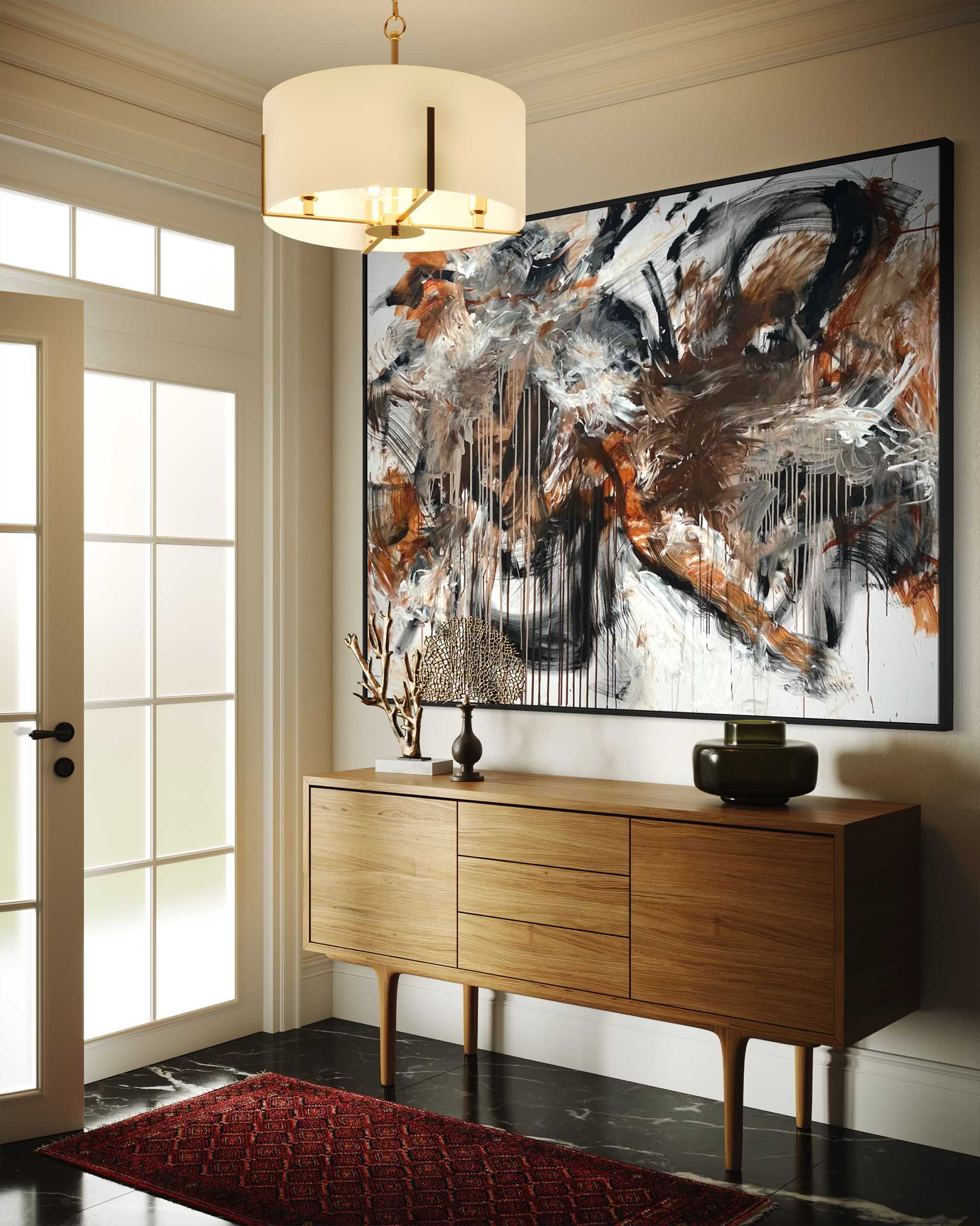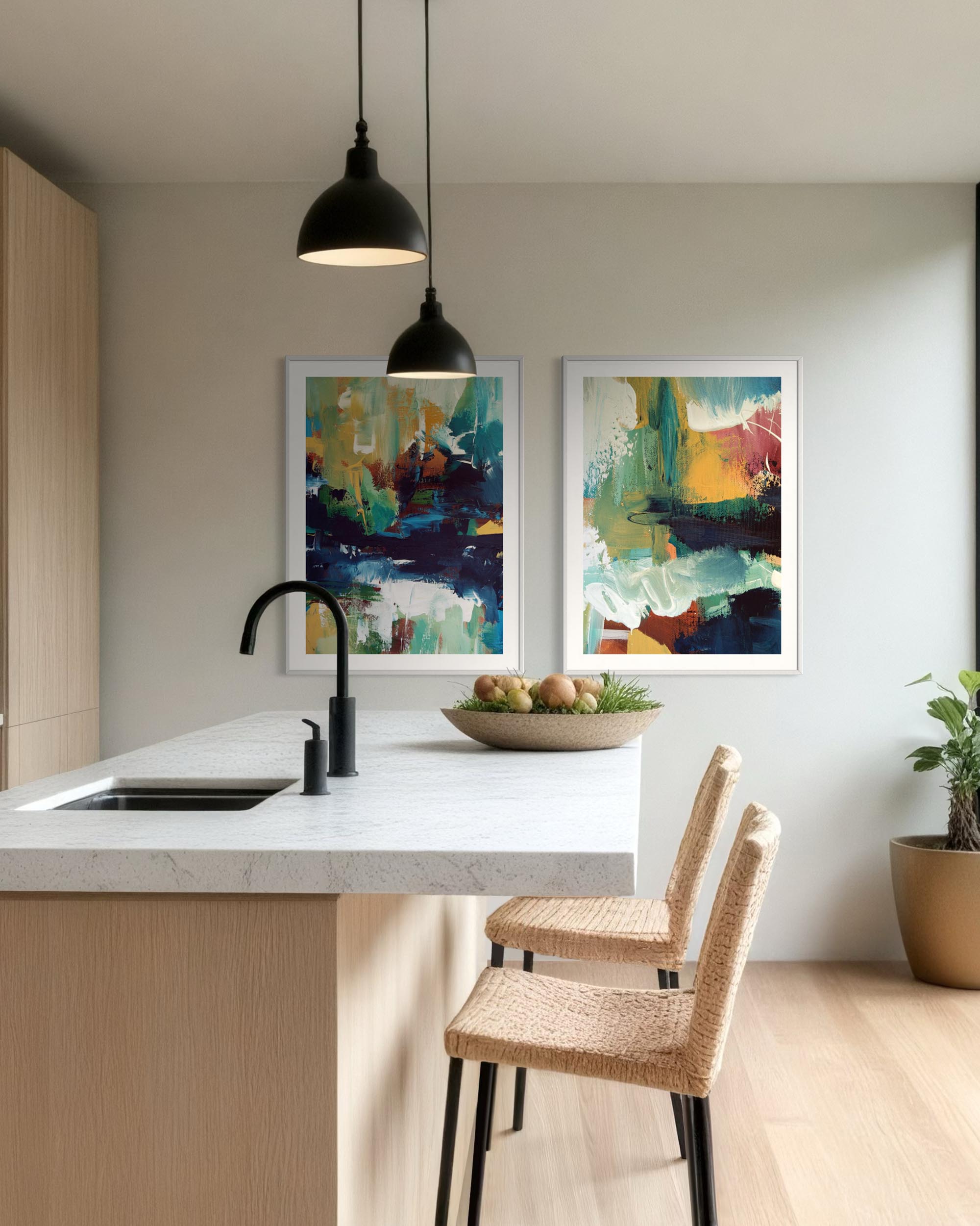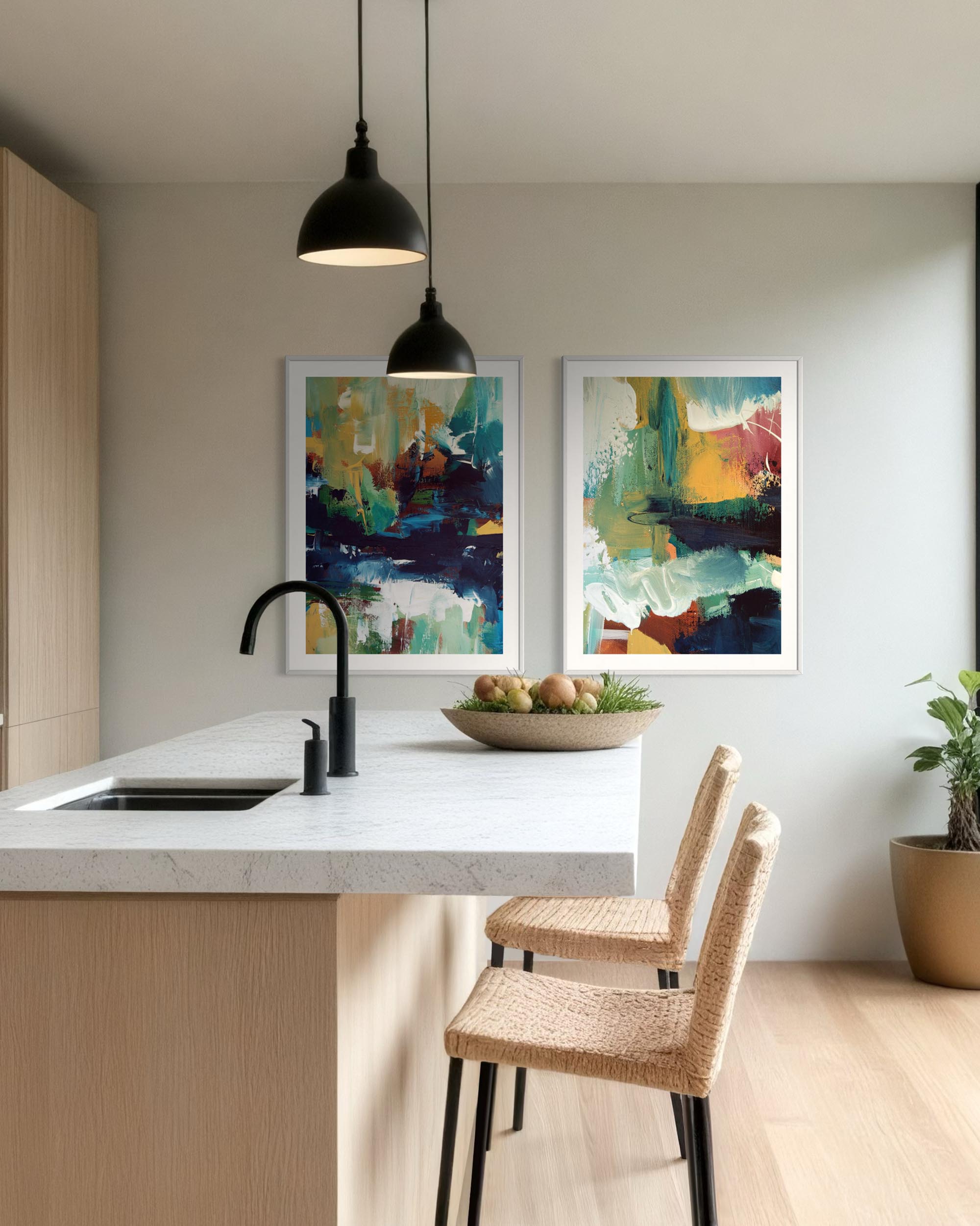Art has always reflected the thoughts, emotions, and cultures of its time, serving as a lens through which we can view history. From cave paintings to contemporary installations, art movements have emerged throughout history, each leaving an indelible mark on society. Here, we delve into the most influential art movements, highlighting their importance, defining characteristics, and the artists and artworks that defined them.
1. Renaissance (14th - 17th Century)
The Renaissance was a cultural rebirth that began in Italy and swept across Europe, profoundly influencing art, science, and human thought. Marking the transition from the Middle Ages to the modern era, this movement emphasized realism, perspective, and human emotion. Artists turned to the study of anatomy and nature, creating works that celebrated human potential and divine beauty.
Key Artists and Artworks:
Leonardo da Vinci, Michelangelo, and Raphael were pivotal figures. Da Vinci’s Mona Lisa (1503-1506) epitomizes the Renaissance’s focus on human expression and detail, while Michelangelo’s David (1501-1504) showcases mastery of anatomy and form. The Sistine Chapel ceiling (1508-1512) by Michelangelo is another masterpiece, blending biblical themes with unparalleled artistic innovation.
The Renaissance fundamentally changed art by introducing techniques like linear perspective, sfumato, and chiaroscuro, setting the stage for centuries of artistic development.
2. Baroque (1600 - 1750)
Emerging after the Renaissance, Baroque art sought to evoke emotion and awe through grandeur, drama, and movement. Often associated with the Catholic Counter-Reformation, it aimed to inspire faith and convey the power of the church. Baroque art featured intricate details, dynamic compositions, and strong contrasts between light and dark.
Key Artists and Artworks:
Caravaggio’s The Calling of Saint Matthew (1599-1600) revolutionized the use of chiaroscuro, while Bernini’s Ecstasy of Saint Teresa (1647-1652) captured spiritual intensity in marble. Rembrandt, known for his masterful portraits and biblical scenes, created The Night Watch (1642), a dynamic group composition that remains iconic.
The Baroque movement influenced architecture, music, and literature, emphasizing grandeur and emotional resonance across all art forms.
3. Romanticism (Late 18th - Mid 19th Century)
Romanticism arose as a reaction against the rationalism of the Enlightenment and the industrialization of society. It celebrated emotion, imagination, and the sublime power of nature. Romantic artists often depicted landscapes, historical events, and scenes of individual heroism or suffering.
Key Artists and Artworks:
J.M.W. Turner’s The Fighting Temeraire (1839) exemplifies the movement’s fascination with nature and nostalgia. Caspar David Friedrich’s Wanderer above the Sea of Fog (1818) captures the sublime, emphasizing the insignificance of humans in the face of vast, untamed landscapes. Eugène Delacroix’s Liberty Leading the People (1830) fused political fervor with Romantic ideals.
Romanticism reshaped art by prioritising emotional depth and individual expression over strict adherence to classical forms.
4. Impressionism (1860s - 1880s)
Impressionism broke from traditional studio painting, embracing plein air (outdoor) techniques and a focus on light and colour. This movement captured fleeting moments, often emphasizing the interplay of light and its effects on the natural world.
Key Artists and Artworks:
Claude Monet’s Impression, Sunrise (1872) gave the movement its name and typified its loose brushwork and vibrant colours. Edgar Degas’ The Ballet Class (1874) explored movement and daily life, while Pierre-Auguste Renoir’s Luncheon of the Boating Party (1881) celebrated leisure and camaraderie.
Impressionism transformed art by challenging traditional techniques, paving the way for modern art movements with its focus on perception and spontaneity.
5. Cubism (1907 - 1920s)
Cubism, pioneered by Pablo Picasso and Georges Braque, shattered traditional notions of perspective and form. It depicted subjects from multiple angles simultaneously, emphasizing geometric shapes and abstraction.
Key Artists and Artworks:
Picasso’s Les Demoiselles d’Avignon (1907) marked the beginning of Cubism, breaking with realism to create a fragmented, angular composition. Braque’s Violin and Candlestick (1910) exemplified the movement’s analytical phase, while works like Picasso’s Three Musicians (1921) showcased its later, more colourful synthetic phase.
Cubism revolutionized art by introducing abstraction and questioning the very nature of representation, influencing movements like Futurism and Constructivism.
6. Surrealism (1920s - 1940s)
Surrealism emerged as a response to World War I, exploring the unconscious mind and the world of dreams. Drawing on Freudian psychology, surrealist artists created fantastical, often unsettling works that defied logic and reason.
Key Artists and Artworks:
Salvador Dalí’s The Persistence of Memory (1931), with its melting clocks, became an iconic symbol of the movement. René Magritte’s The Treachery of Images (1929) challenged viewers’ perceptions with its famous caption, “This is not a pipe.” Max Ernst and André Breton also played key roles in shaping the movement.
Surrealism expanded the boundaries of art, encouraging experimentation and the exploration of the subconscious.
7. Abstract Expressionism (1940s - 1960s)
Abstract Expressionism was America’s first major art movement, emphasizing spontaneity, emotion, and the act of creation. Rejecting traditional forms, it sought to express universal human experiences through abstract, often large-scale works.
Key Artists and Artworks:
Jackson Pollock’s drip paintings, like No. 5, 1948, captured the energy and chaos of the movement. Mark Rothko’s colour field paintings, such as No. 14, 1960, evoked emotional depth through expansive blocks of colour. Willem de Kooning’s Woman I (1950-1952) blended abstraction with figuration.
This movement reshaped art by emphasising process over product, influencing contemporary art and redefining creativity.
8. Pop Art (1950s - 1960s)
Pop Art celebrated consumer culture and mass media, blending high and low art forms. It challenged traditional notions of art by incorporating imagery from advertisements, comics, and everyday objects.
Key Artists and Artworks:
Andy Warhol’s Campbell’s Soup Cans (1962) and Marilyn Diptych (1962) immortalized consumer goods and celebrities. Roy Lichtenstein’s comic-inspired works, like Whaam! (1963), played with popular culture and graphic aesthetics.
Pop Art bridged the gap between art and life, questioning the role of art in a commercialised world.
Each art movement left a profound impact on the way we perceive and create art. These movements not only reflected the societies in which they emerged but also shaped future generations of artists, proving that art is not static but a dynamic force that evolves alongside humanity.
Since the 1970s, several art movements have emerged, each reflecting the evolving cultural, technological, and social landscapes of their times. Here are some of the most notable movements:
1. Neo-Expressionism (Late 1970s - 1980s)
Neo-Expressionism emerged as a reaction against the conceptual and minimalist art of the 1970s, bringing a return to portraying recognisable objects, such as the human body, in a rough and emotionally charged manner. This movement is characterized by intense subjectivity, vivid colours, and dynamic brushwork, drawing inspiration from German Expressionist painters like Emil Nolde and Max Beckmann. Key artists include Georg Baselitz, Anselm Kiefer, and Jean-Michel Basquiat. Basquiat's Untitled (1981) exemplifies the raw energy and emotive power of Neo-Expressionism.
2. Street Art (1980s - Present)
Street Art gained prominence in the 1980s, transforming urban spaces into canvases for artistic expression. This movement encompasses graffiti, murals, and installations, often carrying social and political messages. Artists like Banksy, Shepard Fairey, and Jean-Michel Basquiat have been instrumental in bringing street art into mainstream recognition. Banksy's Girl with Balloon is a quintessential example, blending simplicity with profound meaning.
3. Digital Art (1990s - Present)
With the advent of digital technology, artists began exploring new mediums, leading to the rise of Digital Art. This movement includes artworks created or enhanced using digital tools, ranging from digital paintings to interactive installations. Pioneering artists like Nam June Paik and more contemporary figures such as Cory Arcangel have expanded the boundaries of art through technology. Paik's Electronic Superhighway (1995) is a landmark piece that encapsulates the fusion of art and technology.
4. Relational Aesthetics (1990s - 2000s)
Coined by curator Nicolas Bourriaud, Relational Aesthetics focuses on human interactions and social contexts as the basis for artistic creation. Artists like Rirkrit Tiravanija and Philippe Parreno create works that involve audience participation, emphasizing the relational over the visual. Tiravanija's Untitled (Free) (1992), where he served Thai curry to gallery visitors, exemplifies this movement's emphasis on shared experiences.
5. Post-Internet Art (2010s - Present)
Post-Internet Art reflects on the impact of the internet on culture and society, not just through digital mediums but also in physical forms. Artists explore themes of digital identity, virtual reality, and the blurring lines between online and offline experiences. Artworks often critique or utilise internet aesthetics, as seen in the works of artists like Amalia Ulman and Jon Rafman. Ulman's Excellences & Perfections (2014) is a notable piece that examines online personas and social media culture.
These movements highlight the dynamic nature of contemporary art, showcasing how artists continually adapt to and reflect upon the changing world around them.




